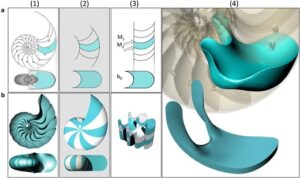Our main focus are mathematical and physical models of shape evolution with emphasis on geophysical and planetological applications, such as sand grains, pebbles, ventifacts, rock profiles, asteroids.

Our research group, founded in 2017, operates at the Budapest University of Technology and Economics and it is supported on a 5-year (2022-2027), renewable special grant from the Hungarian Research Network (formerly Eötvös Loránd Research Network). Our goal is to collect, develop and apply existing mathematical models and test the models versus existing and self-produced experimental and field data. Ultimately we would like to gain insight on geophysical history based on current size and shape measurements.
Recent activity related to our research group including student projects, publications and workshops. Click on the titles to read more.
A series of lectures on morphodynamics delivered at high schools in Hungary dates back to December, 2023: there are already ten different schools on the list. News and a video report are available about the lecture held on 14th March, 2025 in Kaposvár.
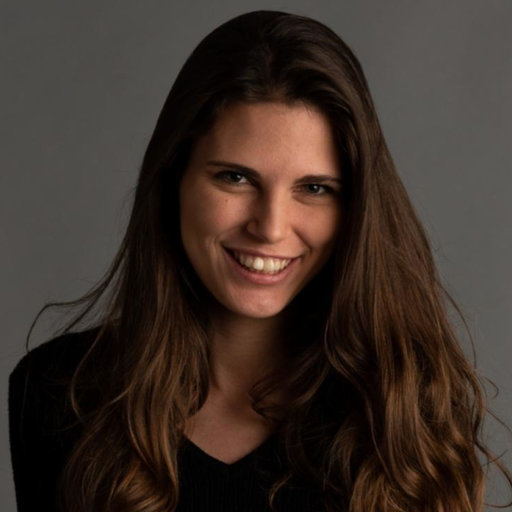 The János Bolyai Mathematical Society decided on the Gyula Farkas Memorial Awards: one of the awardees in 2025 is Krisztina Regős.
The János Bolyai Mathematical Society decided on the Gyula Farkas Memorial Awards: one of the awardees in 2025 is Krisztina Regős.
Congratulations!
A paper titled “Decoding planetary surfaces by counting cracks” was published in PNAS by Krisztina Regős, Gábor Domokos and coauthors.
See also the related interview at the website of BME.
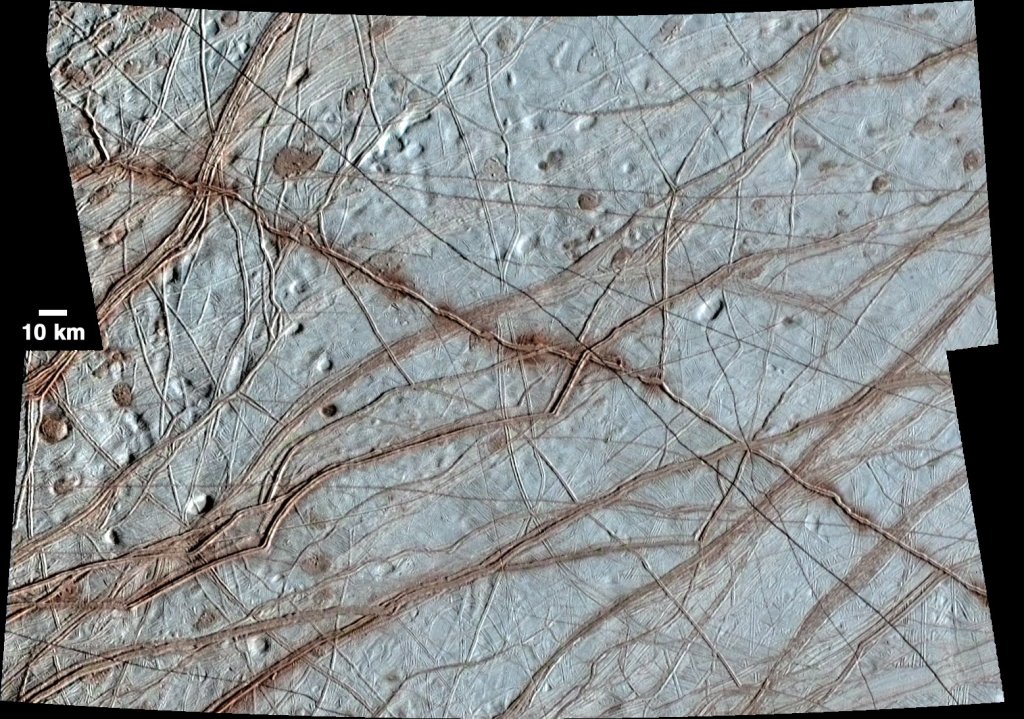
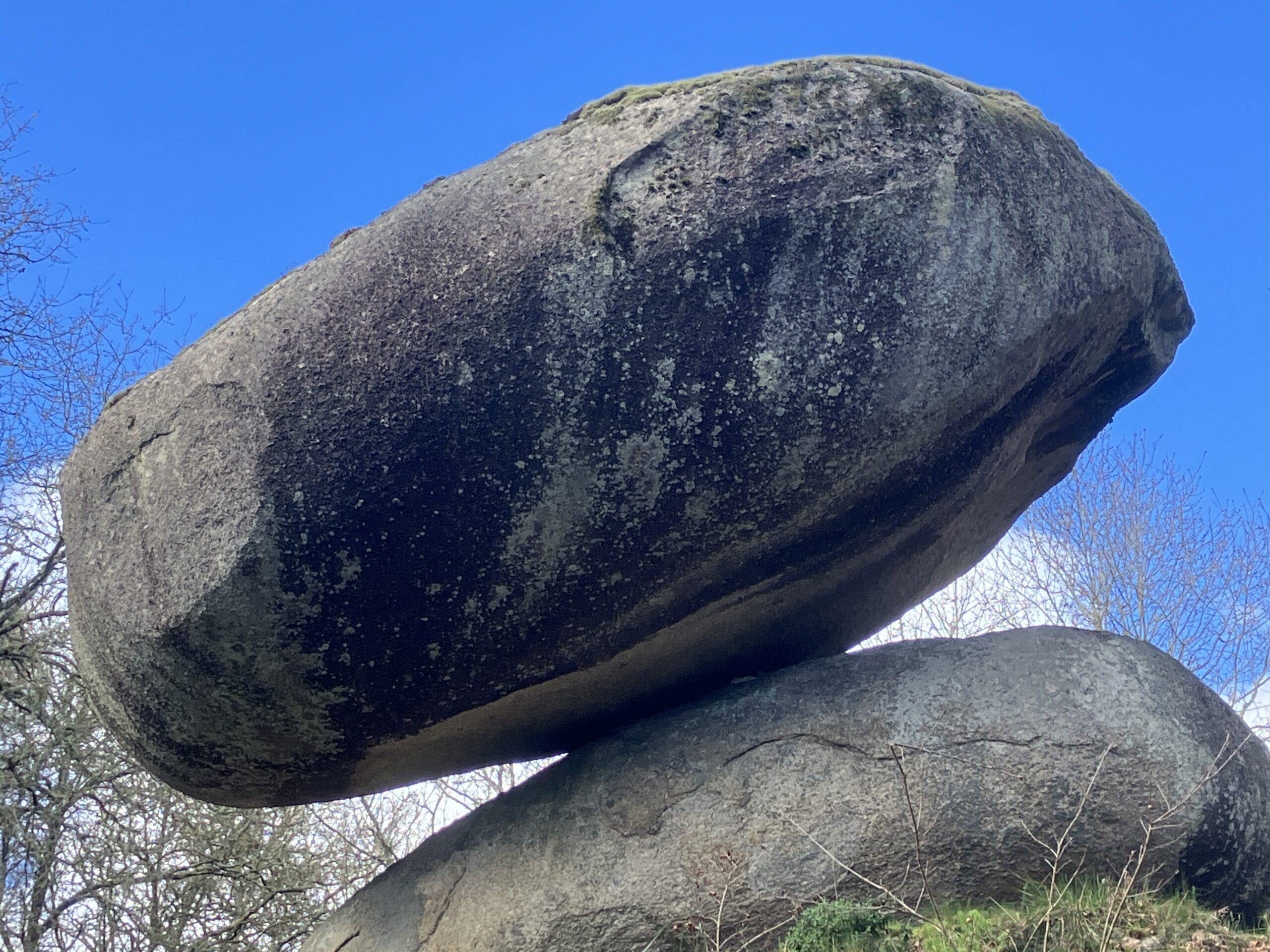 A group of researchers and students from the HUN-REN Morphodynamics Research Group made a visit to the Univerity of Vigo and Cedex, Madrid between 2-7 March. In addition to a field trip to rocking stones, the group participated in an international workshop on rock mechanics and geometry, hosted by the Cedex.
A group of researchers and students from the HUN-REN Morphodynamics Research Group made a visit to the Univerity of Vigo and Cedex, Madrid between 2-7 March. In addition to a field trip to rocking stones, the group participated in an international workshop on rock mechanics and geometry, hosted by the Cedex.
A paper titled “A Geometrically Motivated Two-Dimensional Collisional Abrasion Model to Resolve the Evolution of Natural Fragment Shapes” was published in Rock Mechanics and Rock Engineering by Balázs Havasi-Tóth and Eszter Fehér.

This year’s Institutional Scientific Students’ Associations Conference at the Budapest University of Technology and Economics was notably successful for the HUN-REN Research Group of Morphodynamics.
Read more…
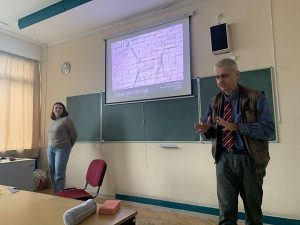 A series of scientific informative lectures for interested high school students is organized by HUN-REN Morphodynamics.
A series of scientific informative lectures for interested high school students is organized by HUN-REN Morphodynamics.
A paper titled “Soft cells and the geometry of seashells” was published in PNAS by Gábor Domokos and coauthors.
